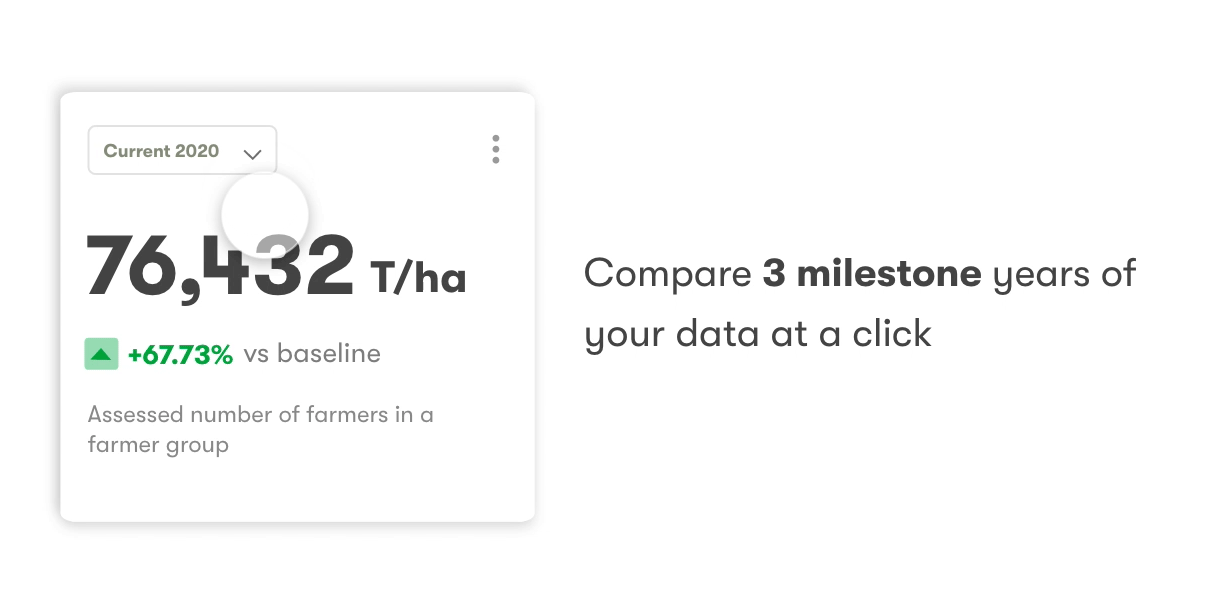PROTECTING COFFEE ECOSYSTEMS FOR A GREENER BREW
Coffee farmer Emiliano Carrasco Vera, proudly shows off his healthy crop, which is thriving in the shade of the forest canopy. Over the last two years, he has planted 200 native and nitrogen-fixing leguminous tree species, including Inga – known commonly as ice-cream bean tree, Erytrina and Cedrela, amongst the coffee bushes on his farm.
Emiliano is one of 190 farmers working with Olam in the Pucará district of the Jaén Province in Peru, to make coffee production more sustainable.
“I am concerned about climate change, in recent years the climate has varied a lot, in some cases it affects our crop, it is thanks to Olam, that all the producers that participate in this project are reforesting and taking care of the ecosystems. Everything we have learned is replicated in my crop, from how to select the seeds… to the planting of forest trees, care of water sources, not contaminating them and making efficient use of water and energy.”
Coffee growing regions are home to some of the most delicate ecosystems on earth, but as demand for our favourite morning brew has grown, so has the environmental risk of growing.
Every one of these farmers has been trained on conservation practices and gained a new understanding of the dependency of coffee - and indeed their livelihoods - on the natural environment in which it’s grown.
Between them, they have planted about 10,000 shade trees on their farms to improve soil fertility, reduce topsoil erosion and protect water sources.
The farmers have made additional soil improvements having learned how to create organic fertiliser from the coffee pulp, with composters provided, and apply the correct amount based on soil analysis.
Water use efficiency has also improved. Whereas historically, the untreated waste-water from the milling process was always discharged into local water sources, polluting them, now, it flows into a series of treatment pools which have been created on 100 farms. The water can then be used to irrigate surrounding orchards and other crops.
“Today I can say that I am a sustainable producer, planning my activities, doing good practices in the management of my crop, which has allowed me to reduce costs and obtain greater profitability.”
